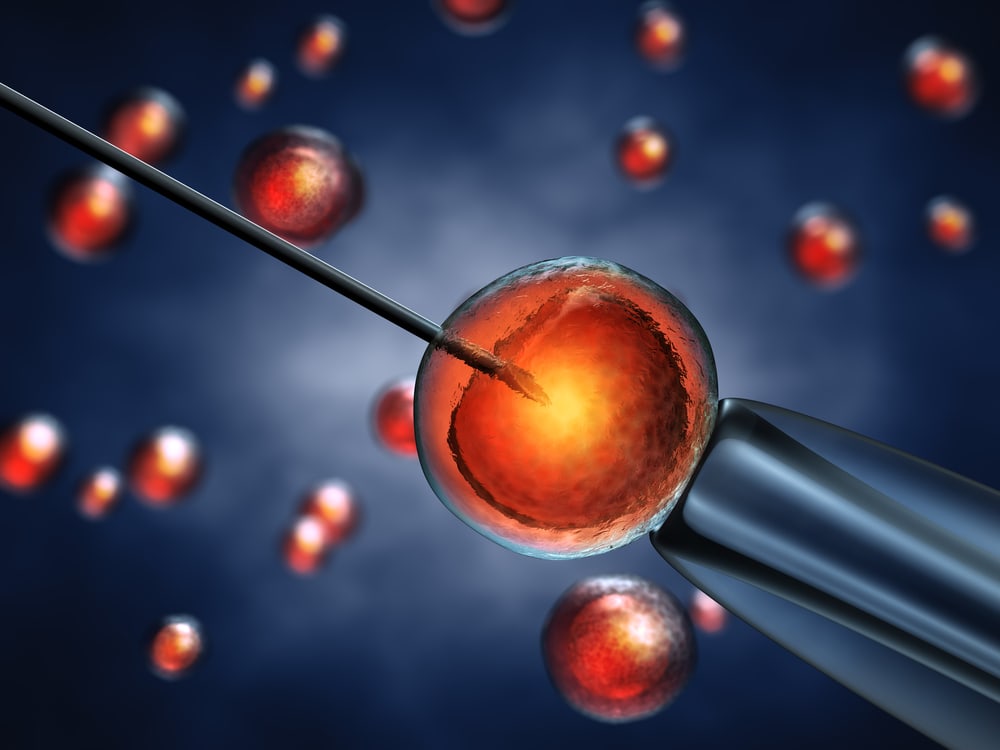
How is ICSI performed?
A very delicate, sharp and hollow needle is employed to immobilize and collect one sperm.
The needle is carefully inserted through the eggshell and into the egg cytoplasm.
The sperm is injected into the cytoplasm and therefore the needle is carefully removed.
Eggs are checked subsequent day for evidence of normal fertilization.
Once the ICSI steps are complete and fertilization is successful, the embryo transfer procedure is employed to physically place the embryo within the woman’s uterus. Then it’s a matter of monitoring the symptoms of early pregnancy. The fertility specialist can use a biopsy or ultrasound to work out if implantation and pregnancy have occurred.
Are there specific situations during which ICSI is often recommended?
ICSI could also be recommended when there’s a reason to suspect that achieving fertilization is often difficult. ICSI is most frequently used with couples who face male infertility factors. Male infertility factors may include any of the following: low sperm counts, poor sperm motility or movement, poor sperm quality, sperm that lack the power to penetrate an ovule or azoospermia. Azoospermia may be a condition during which there’s no sperm in male ejaculation. There are two sorts of azoospermia: obstructive and non-obstructive. Obstructive azoospermia is often caused by any of the following:
Previous vasectomy
Congenital absence of the vessel
Scars of previous infections.
Non-obstructive azoospermia occurs when a defective testicle doesn’t produce sperm. within the case of azoospermia, the probability of obtaining usable sperm is low, and therefore the possibility of using donor sperm is often considered.
How is sperm recovered to be used in ICSI?
For men who have a coffee sperm count or sperm with low mobility, sperm are often collected by normal ejaculation. If the person has had a vasectomy, the reversal of microsurgical vasectomy is the most cost-effective choice to restore fertility. Needle aspiration or microsurgical recovery of sperm are good alternatives when a reversal of competent microsurgical vasectomy fails, or when the person refuses surgery. Needle aspiration allows doctors to simply and quickly obtain an adequate number of sperm for the ICSI procedure. a little needle is employed to extract sperm directly from the testicle. Needle aspiration may be a simple procedure performed under sedation with minimal discomfort; however, there’s an opportunity for pain and swelling afterward. Sperm obtained from the testicles are only appropriate for ICSI procedures when testicular sperm cannot penetrate an egg by themselves.
What health problems are there when considering ICSI?
Studies are conducted that indicate that developing babies from pregnancies achieved by AI, and particularly ICSI, may face an increased risk of some birth defects, like printing defects. The imprint refers to the phenomenon during which certain genes function differently counting on whether or not they involve a specific chromosome transmitted by the daddy or mother. Reproduction researchers are concerned that the manipulation of gametes or zygotes may affect the printing or subsequent release. Other researchers believe that the incidence of those congenital defects is analogous thereto of natural pregnancies and, therefore, shouldn’t be a deterrent to use them. If you’re trying to urge pregnant and are trying to find resources to support your efforts, we invite you to consult the fertility product and therefore the resource guide provided by our corporate sponsor.
